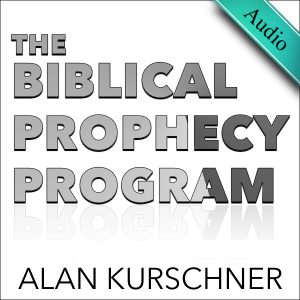Podcast: Play in new window | Download | Embed
 I responded to Jim McClarty’s critique of the prewrath interpretation of one taken and one left behind. First, I recapped previously argued points from episode 9 where I gave a half dozen reasons to show that the ones who are taken are taken for deliverance and the ones who are left are left for judgment.
I responded to Jim McClarty’s critique of the prewrath interpretation of one taken and one left behind. First, I recapped previously argued points from episode 9 where I gave a half dozen reasons to show that the ones who are taken are taken for deliverance and the ones who are left are left for judgment.
1. The Noahic and agricultural illustrations in verses 37–41 intend to illustrate the separation of the elect from the wicked at the parousia in verses 30-31.
2. The parallelism is consistent among the illustrations as well as the parousia-separation event.
3. The usage of the Greek words paralambanō and airō support that the “taken” are for deliverance and the “left” for judgment.
4. The usage of the Greek words paralambanō and aphiēmi support that the “taken” are for deliverance and the “left” for judgment.
5. The parable of the ten virgins is consistent with the point that one is taken for deliverance and one left for judgment.
6. Jesus’ use of the vulture proverb is consistent with the point that one is taken for deliverance and one left for judgment.
In the second part of the show I specifically addressed Jim McClarty‘s interpretation of Luke 17:37 where he attempts to connect it with the battle of Armageddon. I explained that he is reading too much into the proverb as well as making a categorical-contextual error by reading the imagery back into Revelation 19.
I also explained that the proverb is Jesus’ answer to the disciples’ question about “where.” Jesus invokes the proverb to indicate that Jesus’ return will be unmistakable. Further, to make the proverb relate only to verse 35 has additional problems for the pretribber since the judgment imagery represents the ungodly, not the righteous and thus comports much better with those who are “left” for judgment, not with those who are taken for deliverance.
Links mentioned in program:
http://pastorjimmc.com/the-pre-wrath-rapture-of-the-church/2015/08/31/


